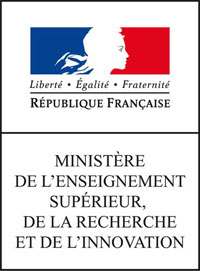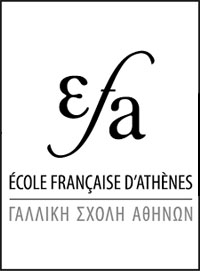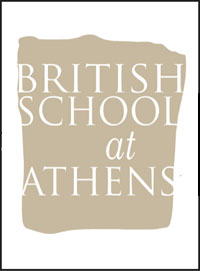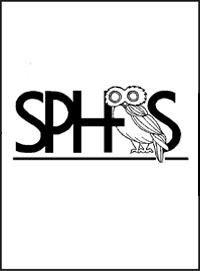LYKOVOUNO - 2011
Informations Générales
Numéro de la notice
2546
Année de l'opération
2011
Chronologie
Mots-clés
Nature de l'opération
Institution(s)
Toponyme
Notices et opérations liées
2011
Description
Lykovouno. K. Diamanti (Director, 5th EBA) reports the discovery of extensive settlement remains, dating from antiquity to the 15th, and then the 19th century, on a hill northeast of the village of Daphne, beside a tributary of the Evrotas river southeast of Sparta. Extensive surface remains (of walls and cisterns) indicate two areas of settlement, one on the summit and its southern edge and the other on the northern slopes. In the southern area lie remains of a 10th-century single-naved church with an apse, rough stone walls and limited use of brickwork. The settlement had a defensive circuit, with the main entrance on the south side and a secondary entrance providing access to the northern settlement area. Surface pottery dates also from the Roman-Early Byzantine period.
Excavation on the summit in 1996 revealed the Monastery of St George with three main construction phases. In the first phase, an in situ marble floor in opus sectile (using Pentelic, Tenos, and Doliana marbles, Maniot rosso antic, nero antico from Tainaron, other marbles and local stones, including porphry, notably from Ag. Petros and Vresthena, and glass paste) dates to the 11th-12th century. The sculpture of the templon also dates to this period and a bronze half tetartiron of Manuel I Komninos (1140-1180) was found on the floor of the south part of the main church. During the second phase the floor was repaired and a simple church built, with a three-aisled nave, narthex to the west, following the plan of the first church. A terminus ante quem for the construction is provided by frescoes dating to the 13th-14th centuries, noting also the marble threshold of the west door with relief decoration on the west face depicting wild animals as current in eastern Byzantine art, especially in the 10th-12th centuries. Outside the south wall of this second church was a cement-lined cistern, and to the west of it column sections (the two tallest formed an arched opening with traces of wallpainting and molded decoration). In the same area was a single burial with no grave goods. In the third phase, a three-apsed cruciform church, probably dated by its form to the 17th century, remained incomplete. Other finds from the excavation include marble architectural spolia, many with relief decoration, of the 11th-14th centuries, fragments of 13th- and 14th-century wallpainting, local domestic pottery of the Byzantine period and the Tourkokratia, a bronze Corinthian-type fibula (mid seventh- to mid eighth-century), fragments of Byzantine and post-Byzantine glass vessels, and a bronze coin of Mustapha III (1757-1774).
Some 50m northeast of the monastic complex, in a commanding position, a three-storeyed Byzantine fortified watchtower was preserved almost to full height (5.6m). The ground floor had a vaulted roof and a built stairway leading to the upper floors. By the south side of the tower was a large cistern. The tower and cistern, plus additional buildings, were protected by a circuit wall, and the complex remained in use through the Ottoman period. The site is identified with Elikovouno, recorded in the Golden Bull of Manuel II Palaiologos Περί της Εκκλησίας Μονεμβασίας of 1405.
Ottoman settlement includes the remains of properties occupied by the Mavromichali family, towers, churches, a fountain with an Islamic-style arch and inscription. After independence, Lykovouno became the capital of Kydonia until it was abandoned ca. 1840.
Auteur de la notice
Catherine MORGAN
Références bibliographiques
Unpublished Report.
Date de création
2012-07-19 00:00:00
Dernière modification
2023-10-10 13:17:02








